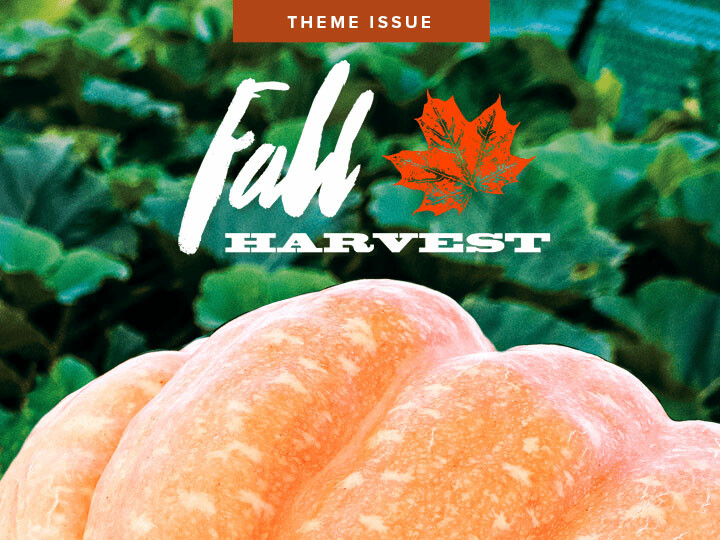A Rough Year
this year’s harvest was tough for many farmers
Kinzy Janssen, Anna Semanko, photos by Andrea Paulseth

With fall just around the corner, everyone is prepping for corn mazes, apple orchards, and fresh crops at the local farmer’s market. With the varying weather over the past year and extreme temperatures we have seen of late, it’s no surprise that the crops just aren’t the same as last year.
On July 25, 2012, Governor Walker announced that the US Department of Agriculture designated 23 Wisconsin counties as primary natural disaster areas due to the drought. In a press release, he explained, “Under this designation, all qualified farm operators in the affected counties are eligible for low-interest emergency loans.” The state has also opened up some state-owned lands for hay and grazing to assist in feeding animals. Similarly, the state has started a Farmer-To-Farmer Network, kind of a Craigslist of sorts but for hay, corn, grain and other necessary farming items. Governor walker said “[it] is a way to bring everyone to the table, so the farmers who have the ability to provide feed know what they need to do, and those who need help know where to get it.” But that’s not all. The Wisconsin Department of Transportation, in cooperation with the state Department of Agriculture and Trade and Consumer Protection, is offering free Agricultural Emergency Permits. These permits will allow heavier loads of hay to be transported to farms that need it.
Steve Connell, general manager of Connell’s Orchard in Chippewa Falls, says 70% of their apple crop was lost due to bizarre weather conditions this spring (unseasonable warmth in March and a frost in April), topped off by the summer drought. “Prices will be a little higher than they used to be,” says Connell, who estimates about a 25% uptick to cover their losses. “And we’re three weeks ahead of schedule... we’ve been open since late July.” Connell says they’ve also decided to forgo the pick-your-own option, offering ready-picked apples instead. Another area orchard, White Oak Farms, has closed for the 2012 season.
While some crops may be suffering through the drought, others are almost thriving because of it. Donna Sachs, owner of River Bend Vineyard & Winery says, “Grapes are fairly drought resistant, so we have seen only minimal water stress this season… there has [actually] been less disease pressure this year due to less rain.”
Deidra Barrickman, manager of the Eau Claire Farmer’s Market, assures consumers that there has been minimal impact on the quantity and quality of the goods brought to the local farmers markets. “The venders’ tables are heaping with a large variety of fresh, beautiful vegetables. They grow such quantities that they can pick just the best produce to bring,“ Barrickman says. “The heat affected a lot of cold weather crops – radishes, spinach, lettuce greens - we didn’t see the quantities of those that we usually see.” She says there hasn’t been a noticeable drop in customers, but they have seen a slight drop in the number of purchases being made, which could be attributed to the economy. Barrickman says, “[the] drought seems to drive up prices of our food in general. Feed prices go up and so does the price of beef, chicken, pork and lamb. Seed prices go up and vegetable growers will also have to charge more for their produce.” Barrickman thinks this year’s drought may drive up next year’s seed prices.
While the current forecast for crops may be cloudy, those affected are waiting for the rainbow after the storm.

